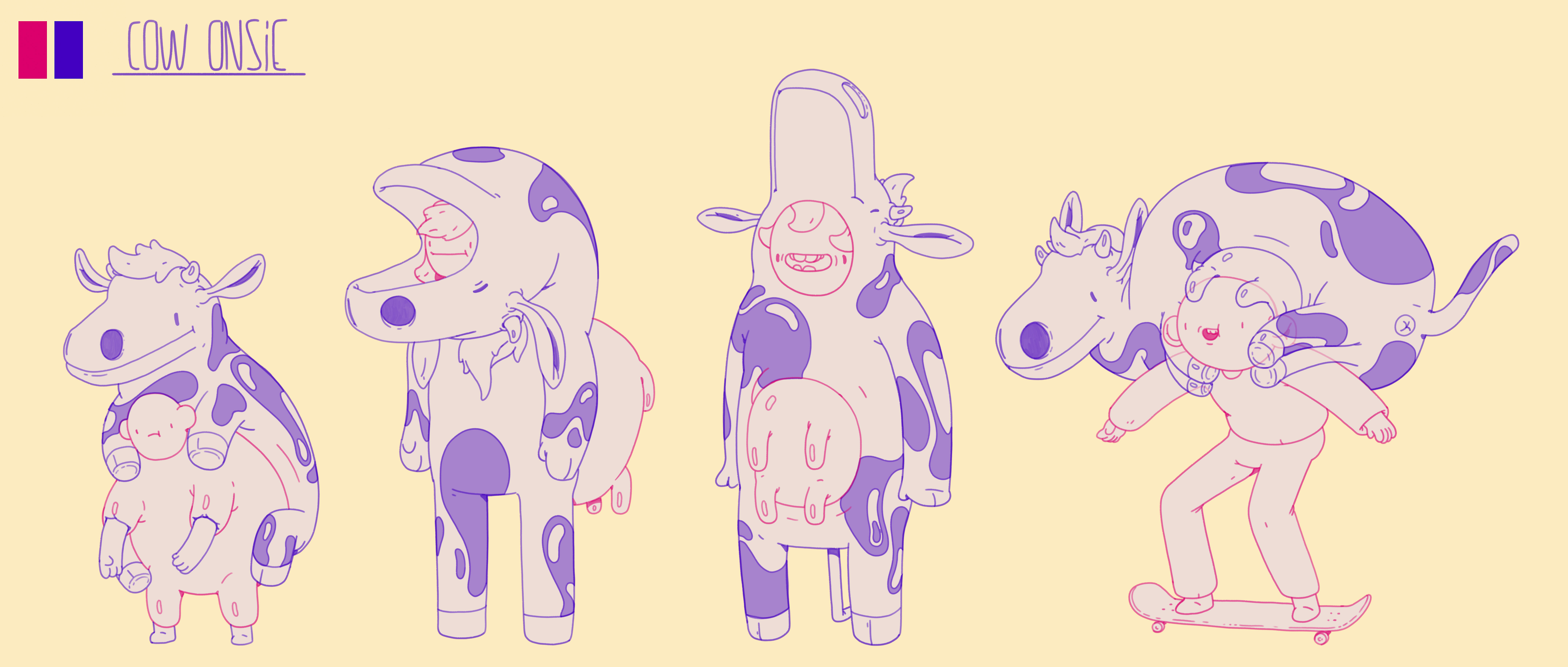This project is based on digital interactions between SITE information processing and previous studies of material tectonic SYSTEM in a 3D environment. Research is thus initially divided in two separate parts but the final portion of the project involves integration between the two.
1 // SITE // Digital Information Processing
The site is here processed differently from traditional conceptions of architectural context. It is treated as a 'live' field of unfolding geometries, textures, colourations and patterns. These systems are explored at different scales using a variety of digital tools.
A 1km x 1km area by the Porirua Harbour is investigated throughout the course of this research.
Using photoshop to begin with, 2D satellite images of the site is graphically manipulated (colour distortions) to map out existing conditions such as:
· concentration of built structures
· distribution of greenery
· existence of transport nodes: highways, waterways, railways, bridges
Site investigation quickly moved into the 3D environment that arguably, draws out more interesting opportunities and information. Turning colour gradients into a 3D form already shows the separation of the site in two halves by the water inlet. Moving into Rhino, this feature of the site is visually distinctive as more accurate 1m contour lines are used to create realistic digital models of the terrain. Introducing grasshopper in this line of investigation generates abstract visual information regarding the range of built structures on-site.


2 // DIGITISATION // Material System
Following digitisation of the site, previous studies of polystyrene aggregates is also processed via. digital media. Principles of aggregate behaviour is abstracted and transferred into Maya for further investigation. Unlike static design models, the study of polystyrene aggregates were based on temporal observations, i.e. movement. So, instead of geometric frameworks such as surface, line, points and nodes of control; analogue models from Project 1 is digitised via. spatial / temporal frameworks such as forcefields, collisions, compression and resistance.
This project narrows down the areas of inquiry from Project 1 to focus on static behaviours of polystyrene aggregates , with an aim to turn observations from 2D surfaces into a 3D system that is responsive to site. Maya, as a digital media, allows user controls over the context / environment which influences and ultimately determines the aleatory patterns and behaviours that we observed in the physical medium. Variables such as gravity, surface friction, surface tension and attraction magnitudes are able to be directly manipulated so that we as designers have more influence over the final outcome of the emergent 'design'.
3 // INTEGRATION // Tectonic Systems
Following on from previous abstract studies of the medium, it is only logical to replace the plane with the site so that the aggregate material system interacts with the site using digital media. The focus here is the interaction of forces.





